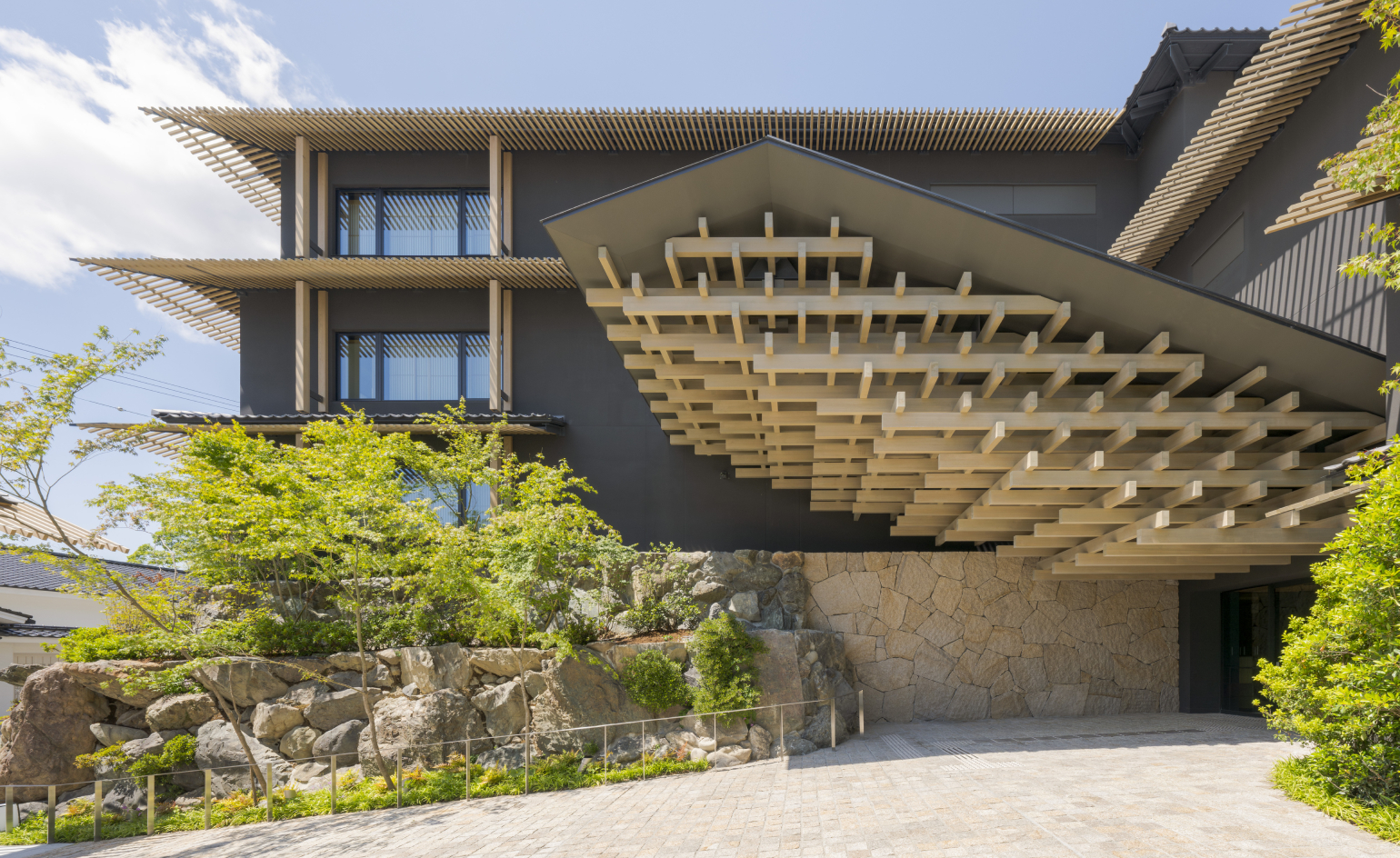
‘A sanctuary of ethereal beauty’: these are the words Japanese architect Kengo Kuma uses to describe his new hotel project, Banyan Tree Higashiyama Kyoto, which sits in the magical bamboo forests of the Higashiyama Mountains.
With a harmony of contemporary lines, meticulous craftsmanship and a natural material palette, the new hotel – the first Banyan Tree in Japan (joining seven other establishments in sister brands) – is intimate and self-contained. Its essence is perhaps best reflected by a signature highlight at the rear of the property: a contemporary reimagining of a traditional Japanese Noh theatre, designed by Kuma to blend into the surrounding bamboo forests. ‘In Japan, there is a tradition of seeking retreat in nature, known as in-sei, which emphasises withdrawing from the bustle of daily life to find peace and spiritual renewal,’ Kuma tells Wallpaper*.
Banyan Tree Higashiyama Kyoto, Japan, by Kengo Kuma
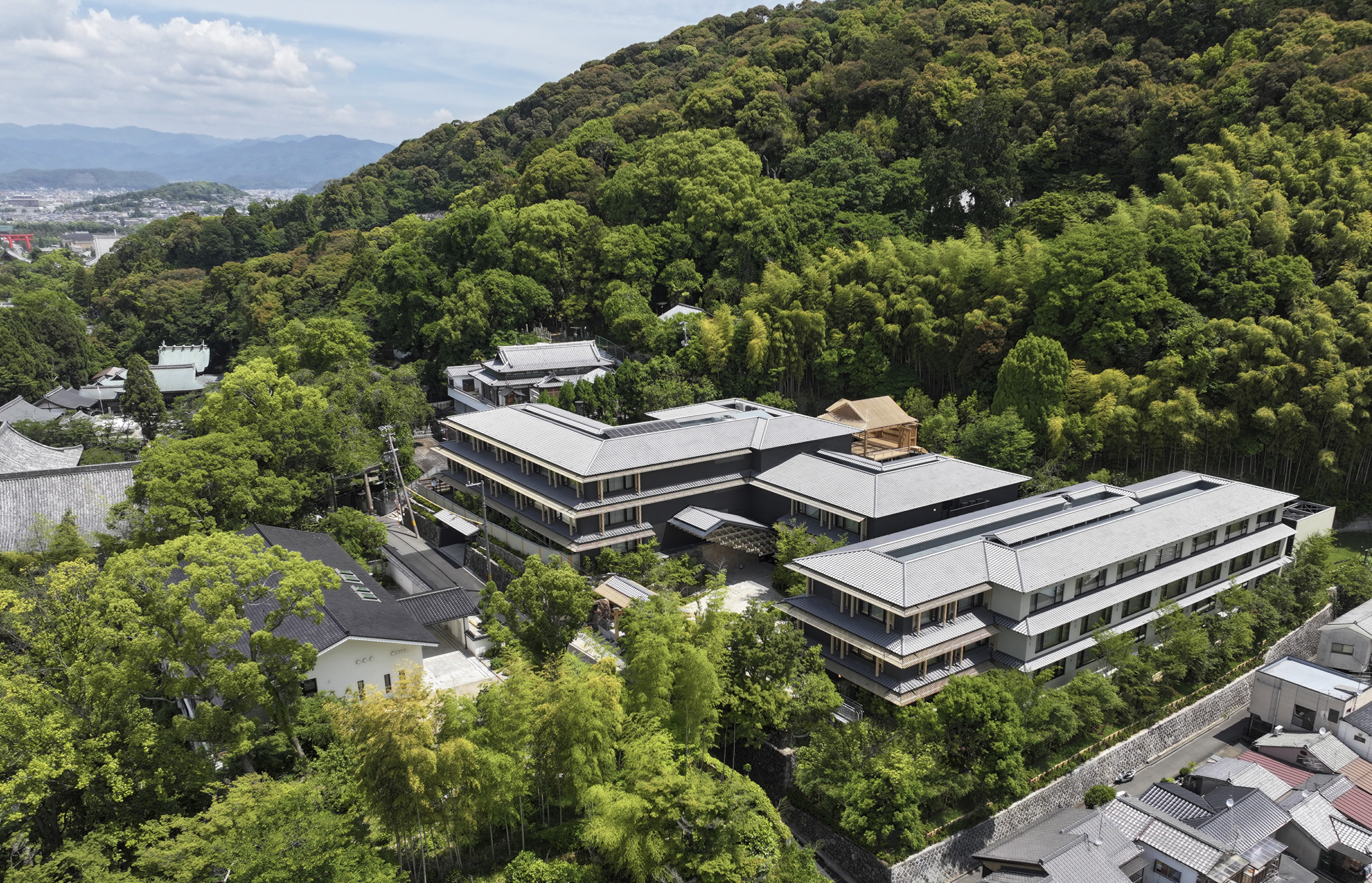
‘Higashiyama, with its serene landscape and rich history, embodies this tradition perfectly. We wanted the hotel to be a place where guests could devote themselves to spiritual fulfilment and reflection,’ the architect adds.
With the hotel located a short walk from the celebrated (and always busy) Kiyomizu-dera Temple on Kyoto’s mountainous fringes, the transition from a ‘tourist trail’ to an ‘ethereal hillside’ sanctuary begins with a shrine-like wooden gate at the threshold.
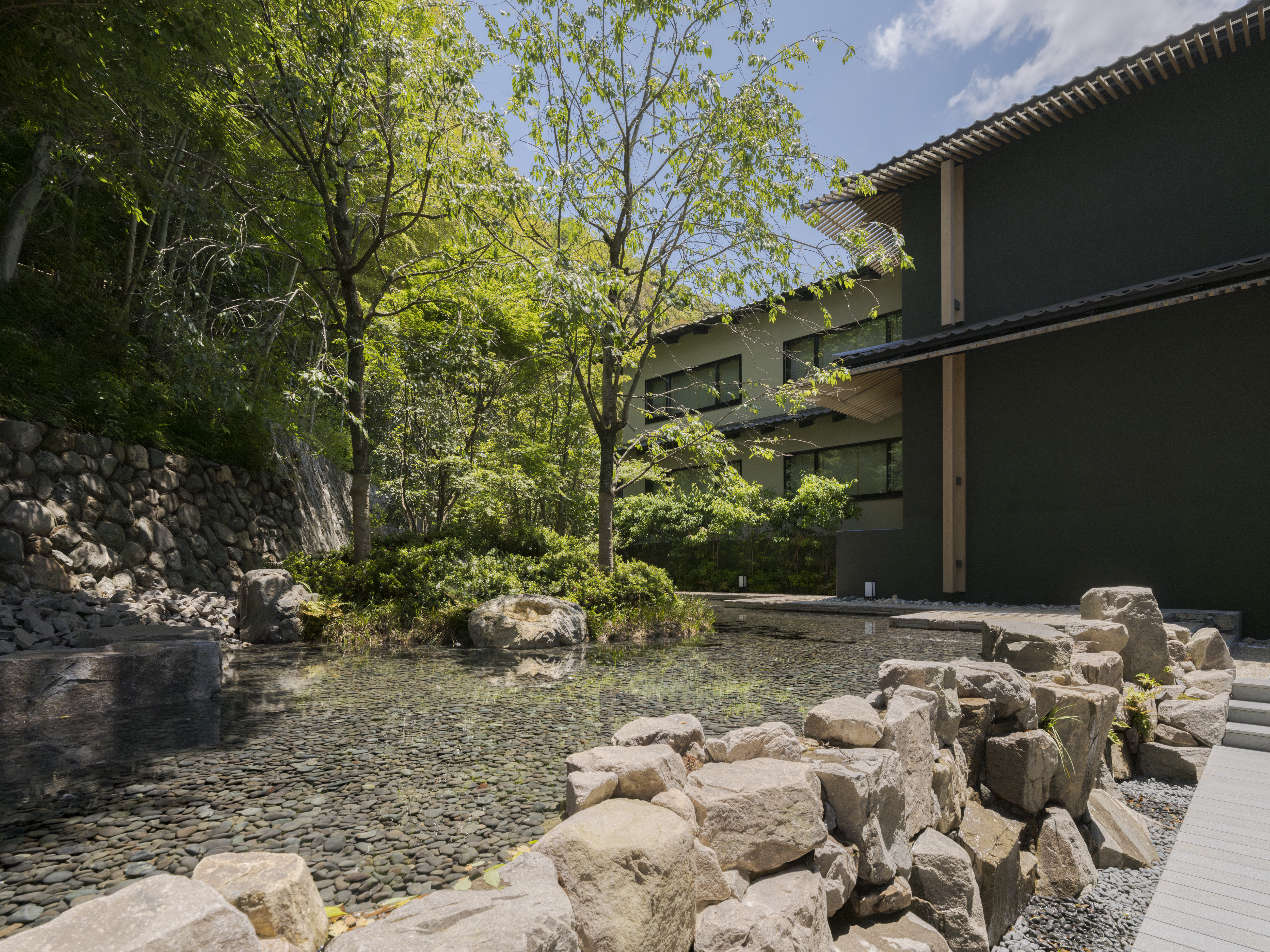
The façade then shifts into focus: spanning one wall is a sweeping expanse of organic stones once used in the ryokan inn that formerly sat on the same site. The exterior matte black walls are further sharpened by vertical timbers, rafters and eaves crafted from woods including hinoki cypress, harmonised with the curved lines of traditional kawara roof tiles. ‘Kyoto has a strict landscape ordinance and the use of tiled roofs is a rule,’ Kuma says. ‘However, this restriction has created a beautiful landscape around Kyoto, and we took advantage of the tiled landscape to create stretching, deep eaves and soft shadows with continuous rafters under the eaves.’
Inside, the triple-height reception, designed by DWP International, has sweeping glass walls at the rear, framing a minimalist garden, alongside a sculptural ceiling installation evoking a sea of bamboo plus calligraphic abstractions by washi artist Wataru Hatano on the wall behind the front desk. The nearby lobby lounge is loosely compartmentalised with a scattering of artworks and a tea area, where welcome matcha is whisked for guests.
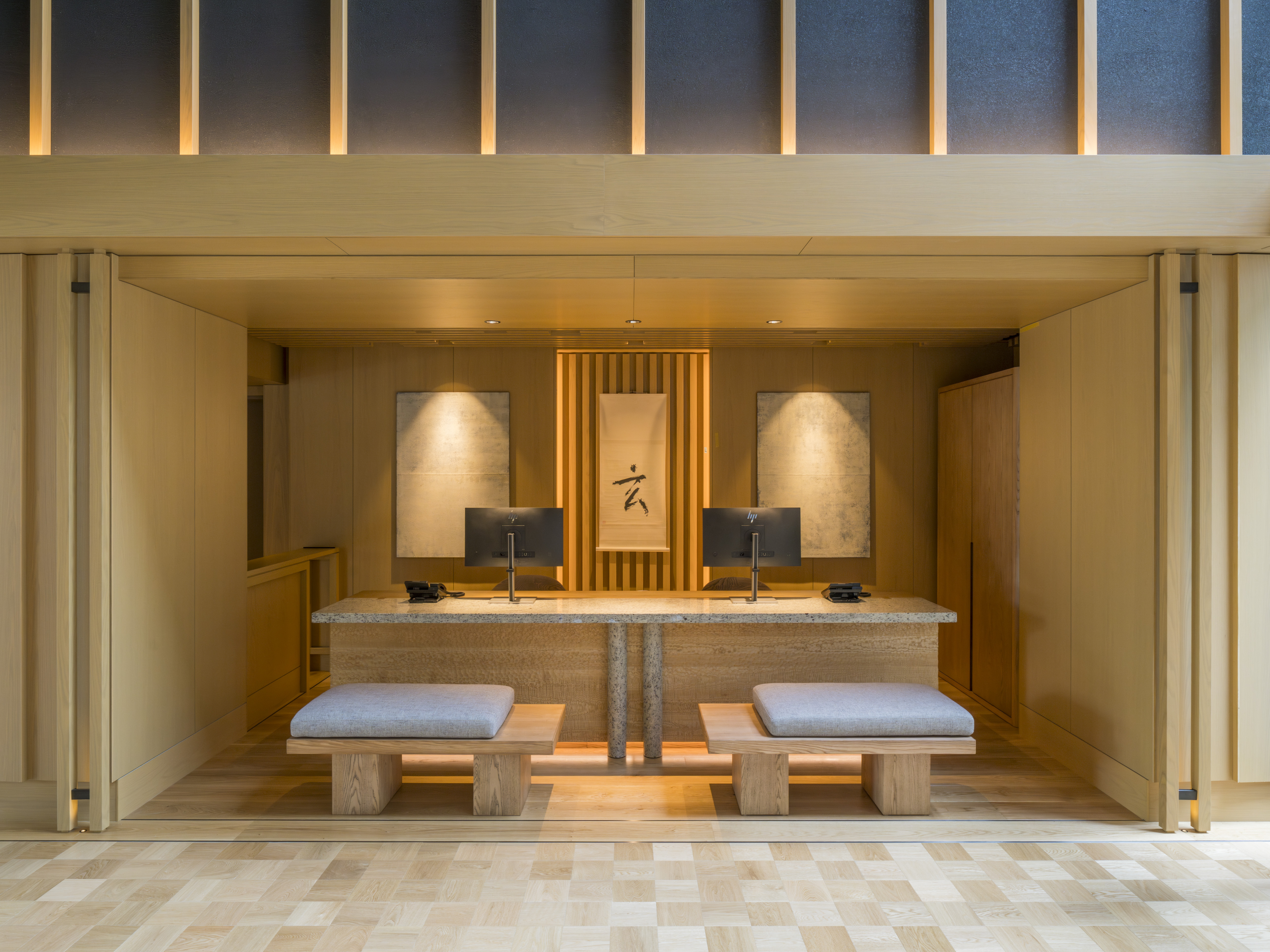
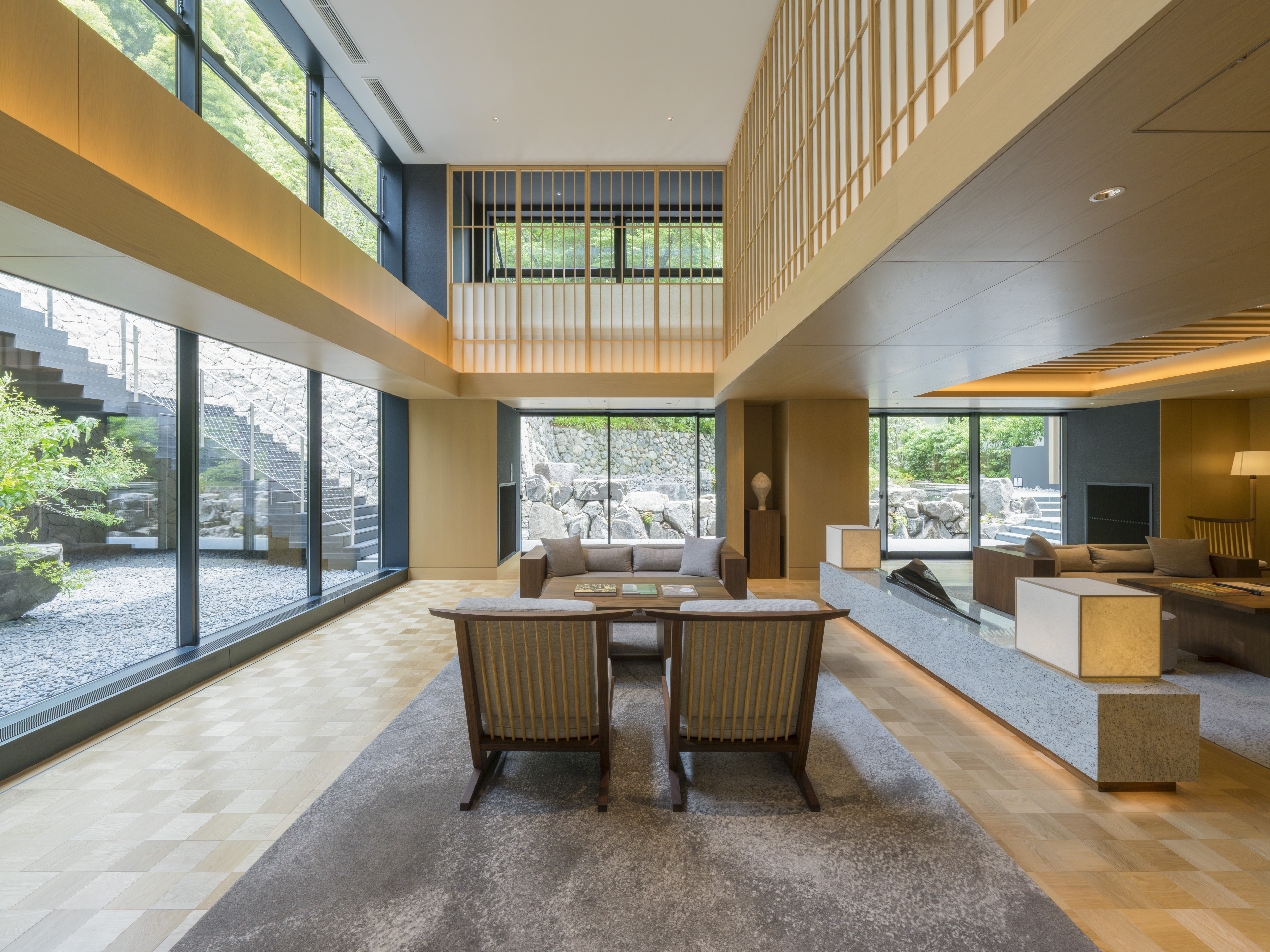
The Yukio Hashimoto-designed guest rooms – divided into two adjacent buildings – have a light purist beauty, fusing traditional Japanese aesthetics with a comfortable contemporary edge. There are swathes of tatami, low-lying window-side platforms with sunken seating and tokonoma alcoves with works by ceramic artist Eiichi Shibuya. Other details include expanses of gold leaf above the bed, gently dividing sliding screens, plus Japanese-style bathtubs crafted from aromatic hiba wood – and, in front-facing rooms, breathtaking views across city rooftops.
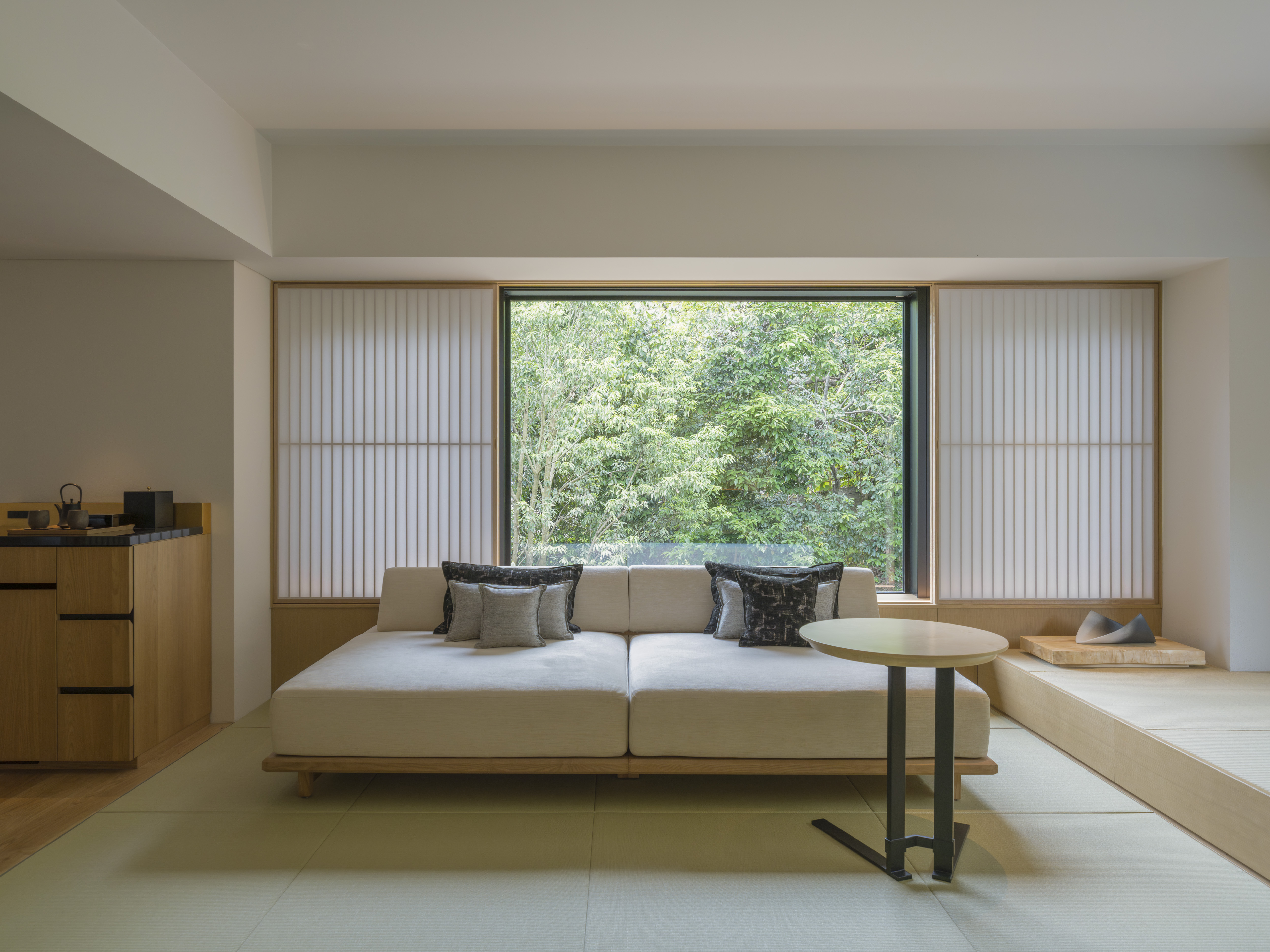
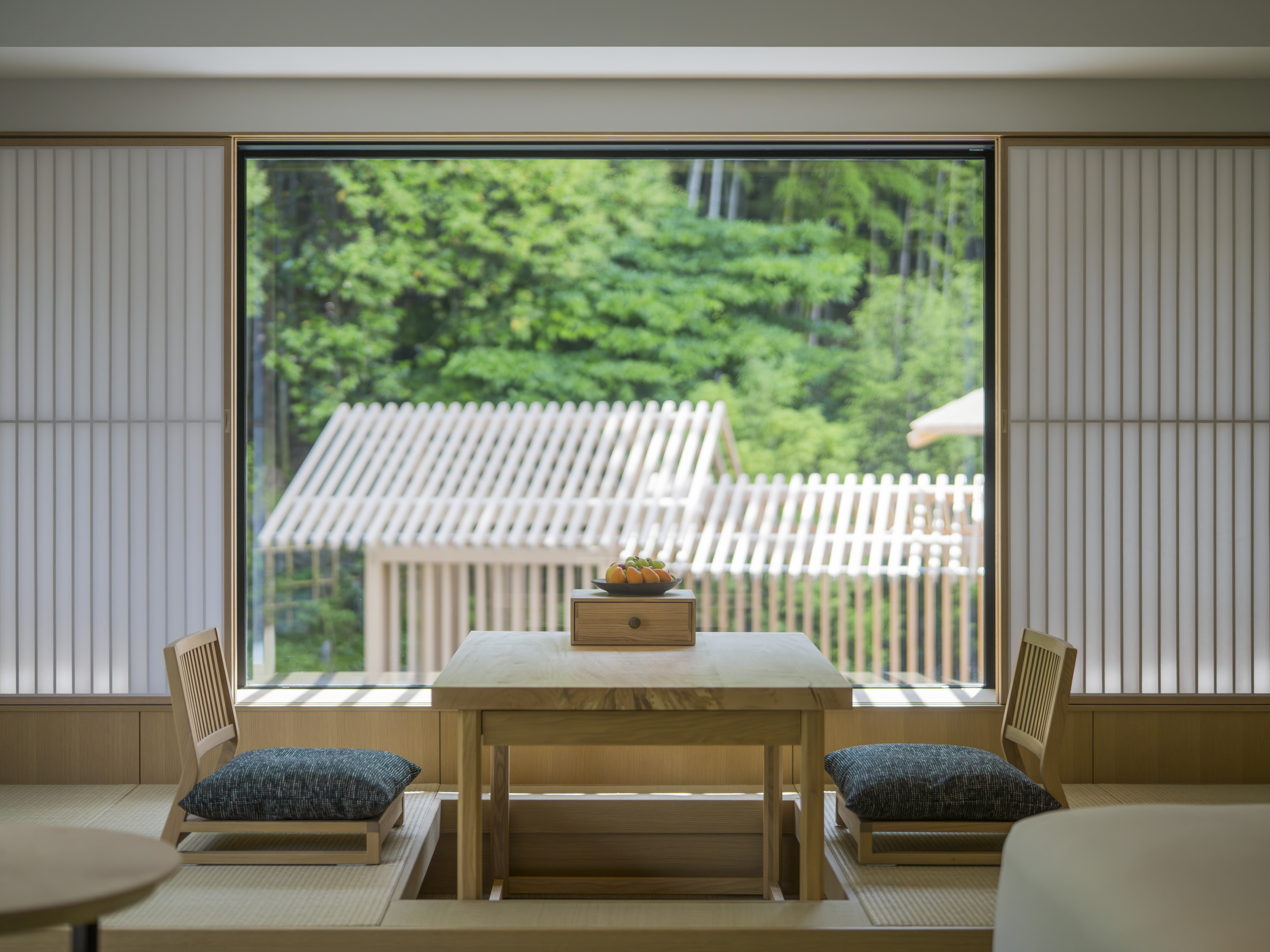
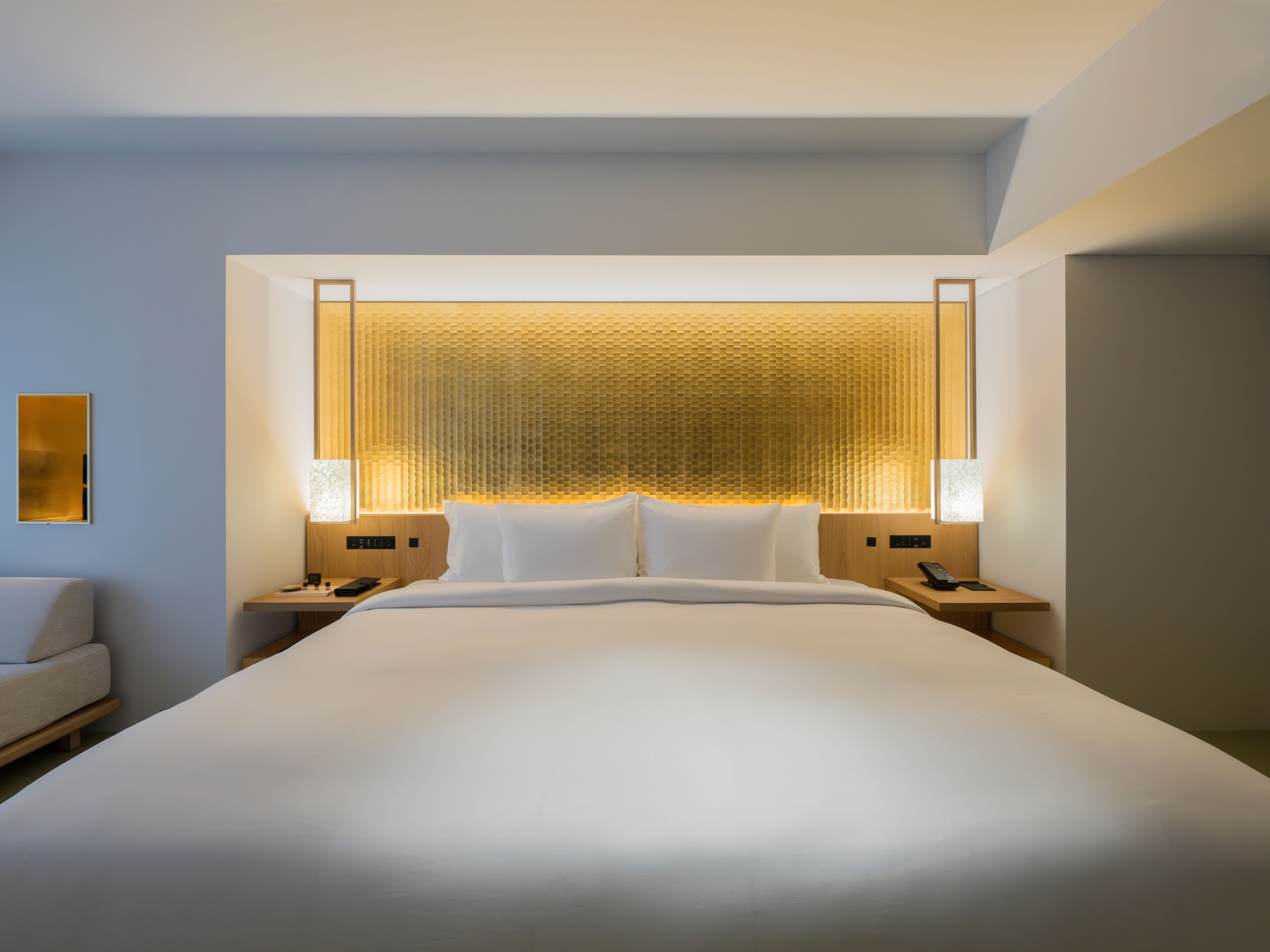
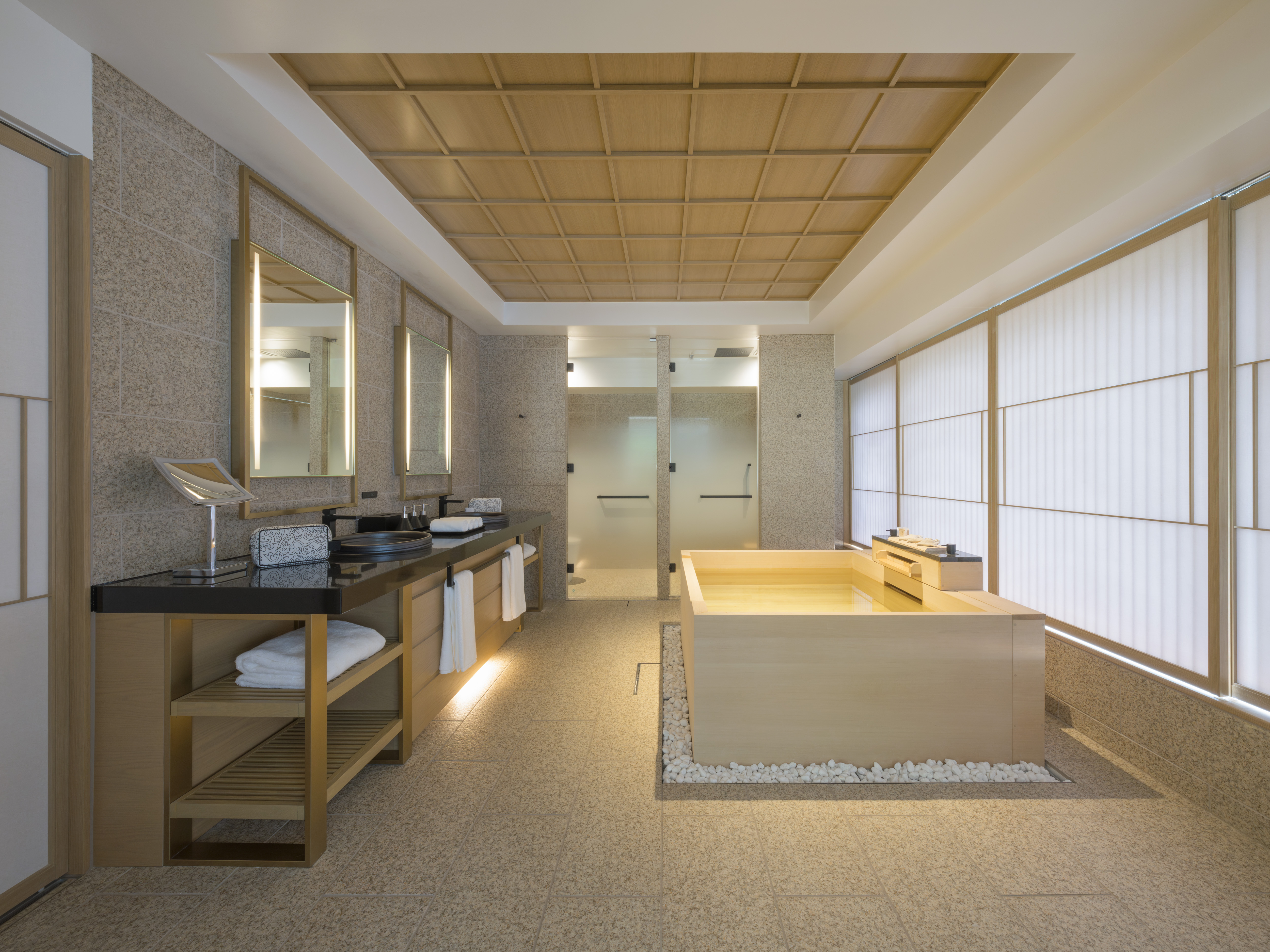
Guests can also enjoy onsen bathing and a serene spa with high-quality massages; plus fine dining at Ryozen restaurant, tapping into a wealth of seasonal ingredients, including Kyoto vegetables, and a signature dashi broth made using five-year-aged Rishiri kelp from Hokkaido.
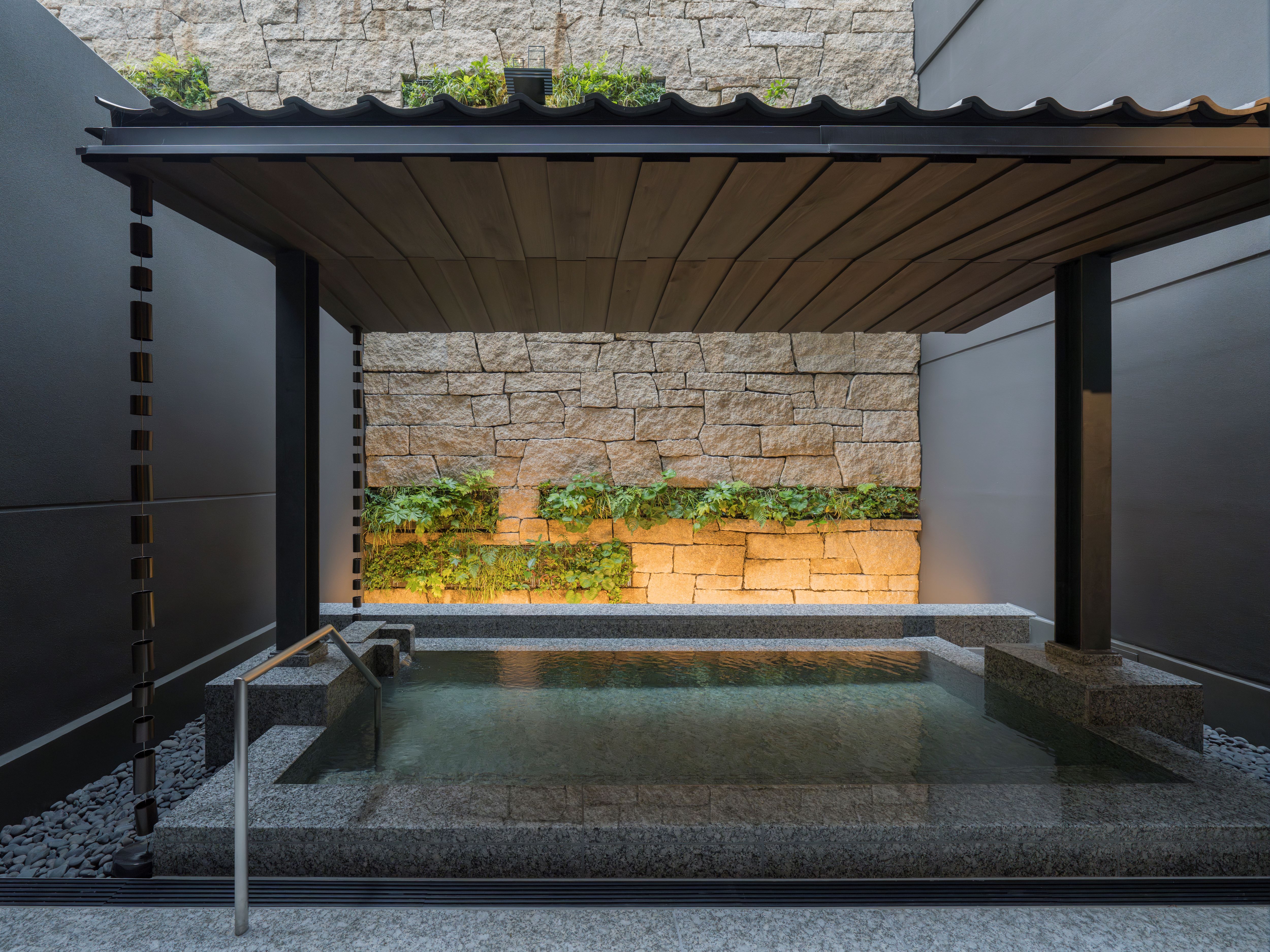
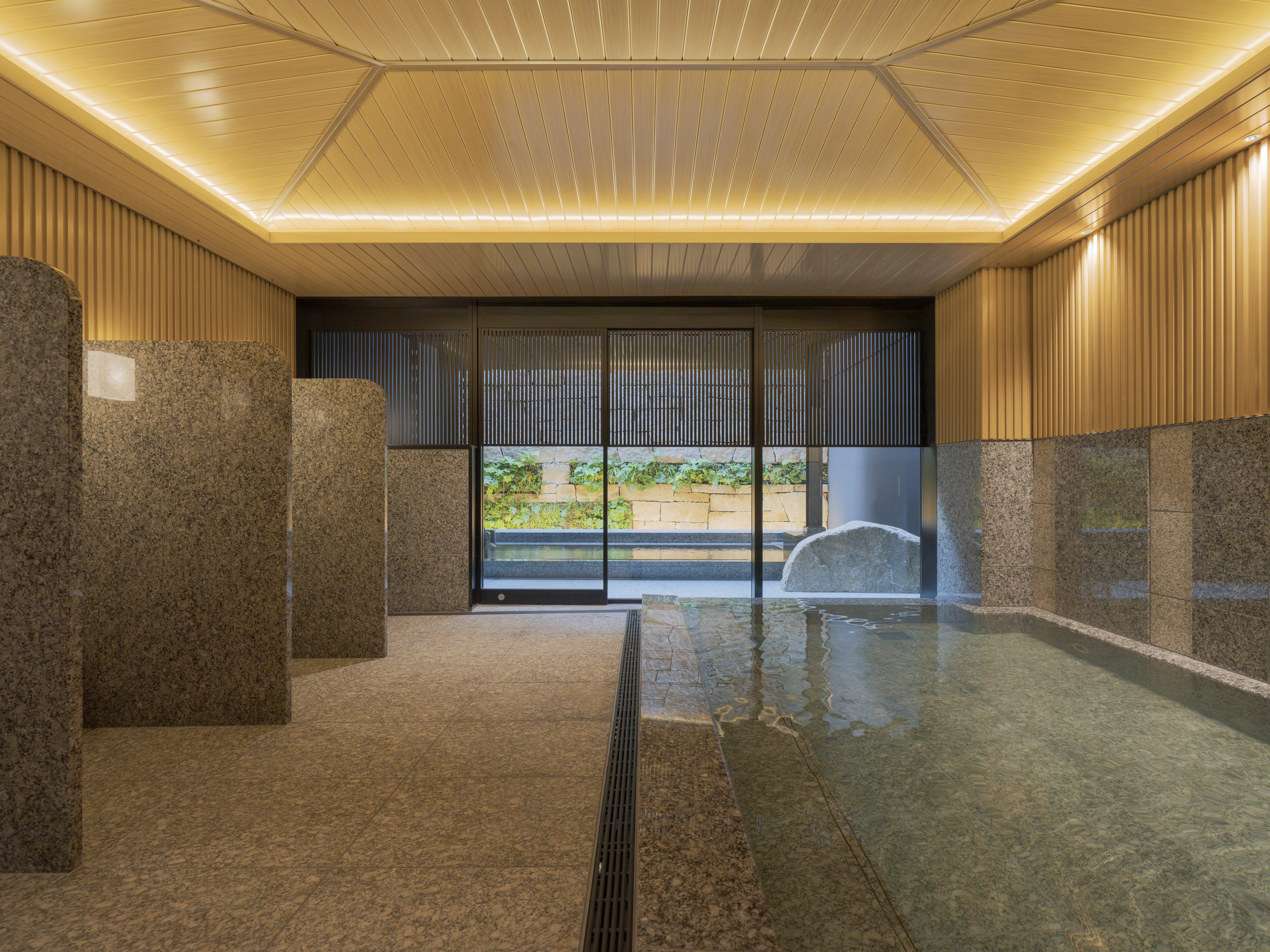
The restaurant – plus three guest rooms above – directly overlooks the Noh stage, as brought to life by Kuma. A skeletal outline of a theatre, crafted in aromatic wood, mirrors the meticulous structural dimensions that underpin the traditional vernacular of the Noh theatre.
Yet, in a contemporary twist, the theatre is constructed without a roof or walls filled in. As a result, its frame-like lines of wood, minimalist, crafted and clean, seem to dissolve into the greenery of the bamboo forest – resulting in a unique sense of spatial lightness and transparent beauty, as it hovers in its natural setting.
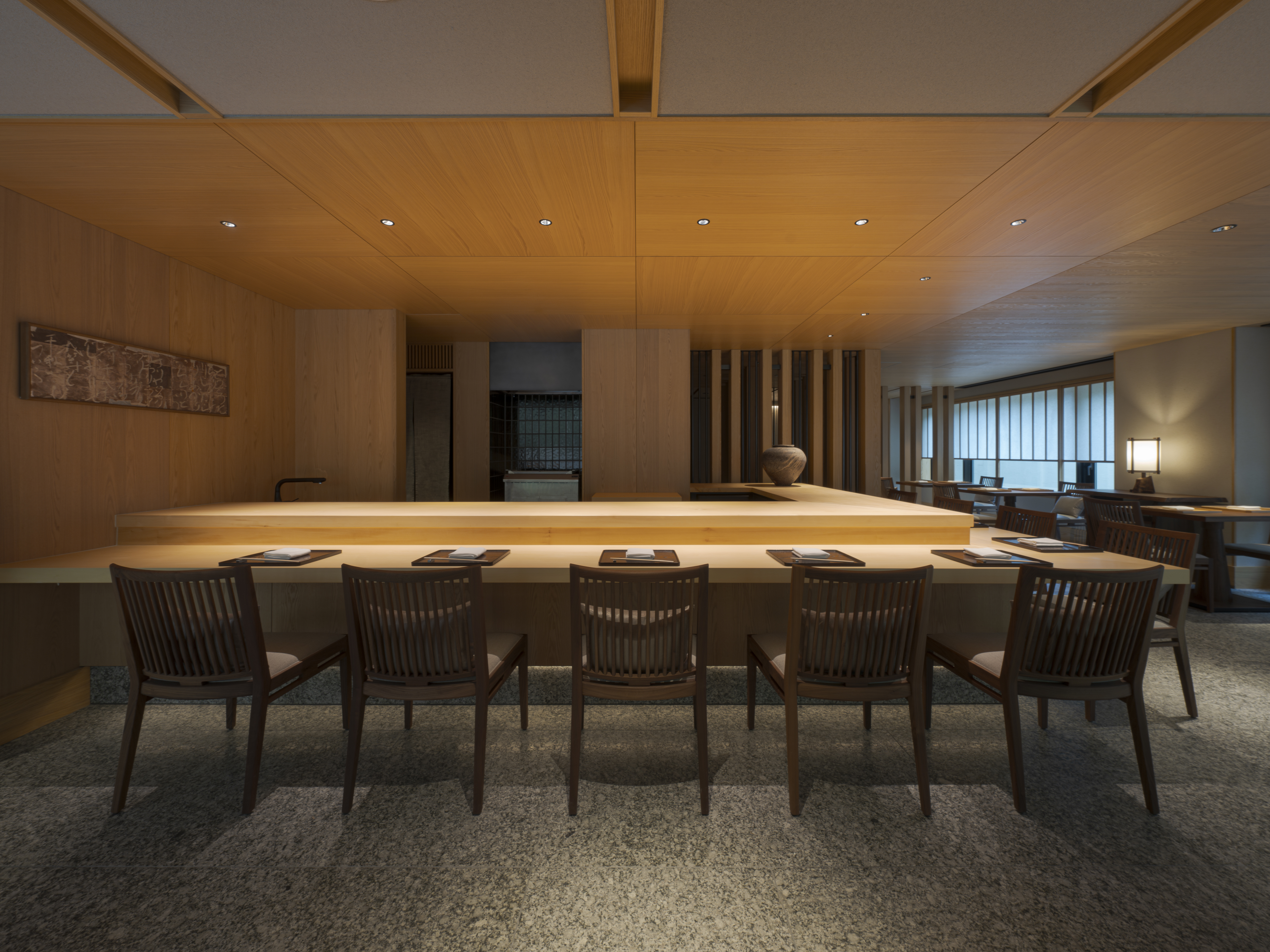
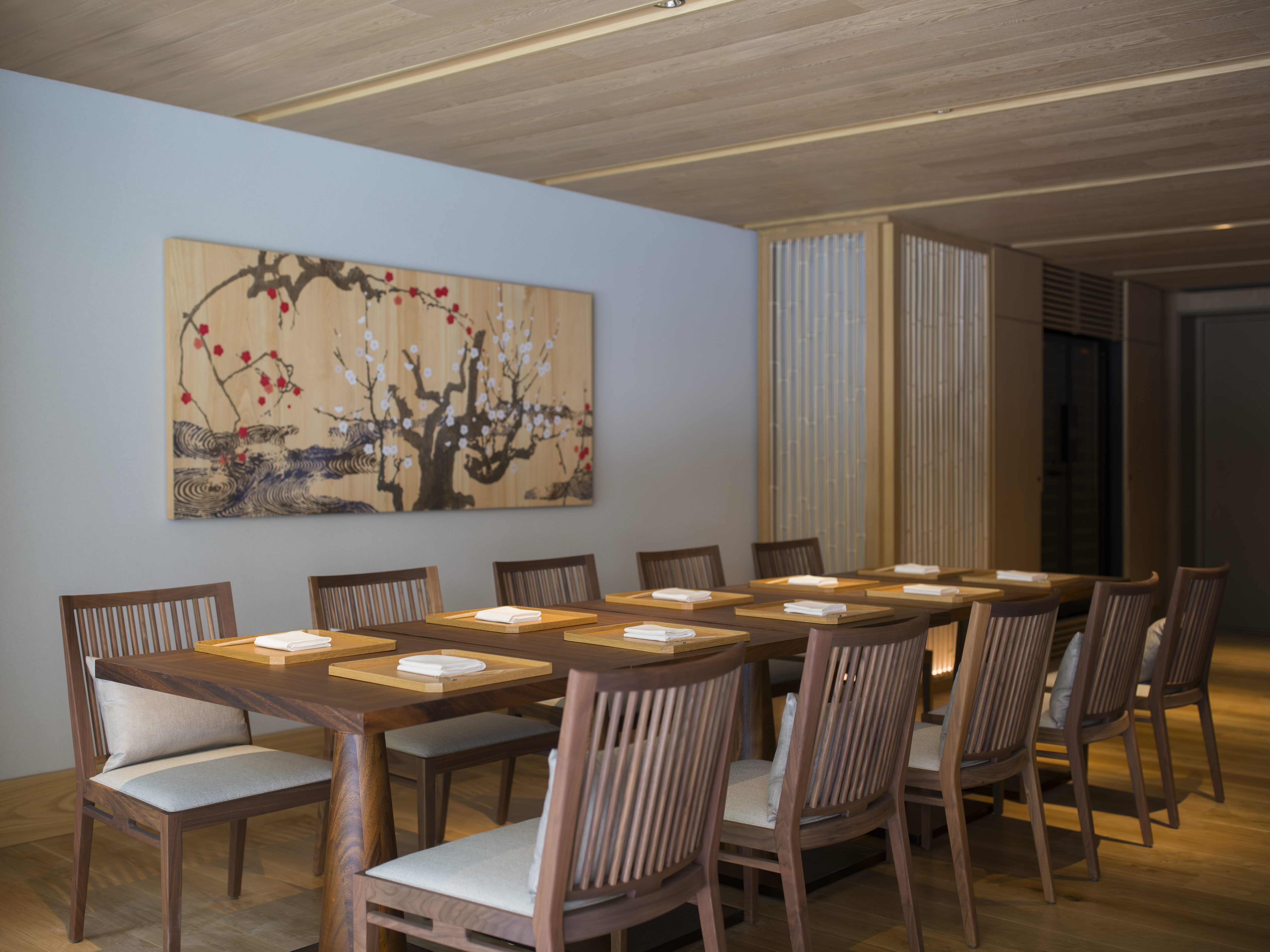
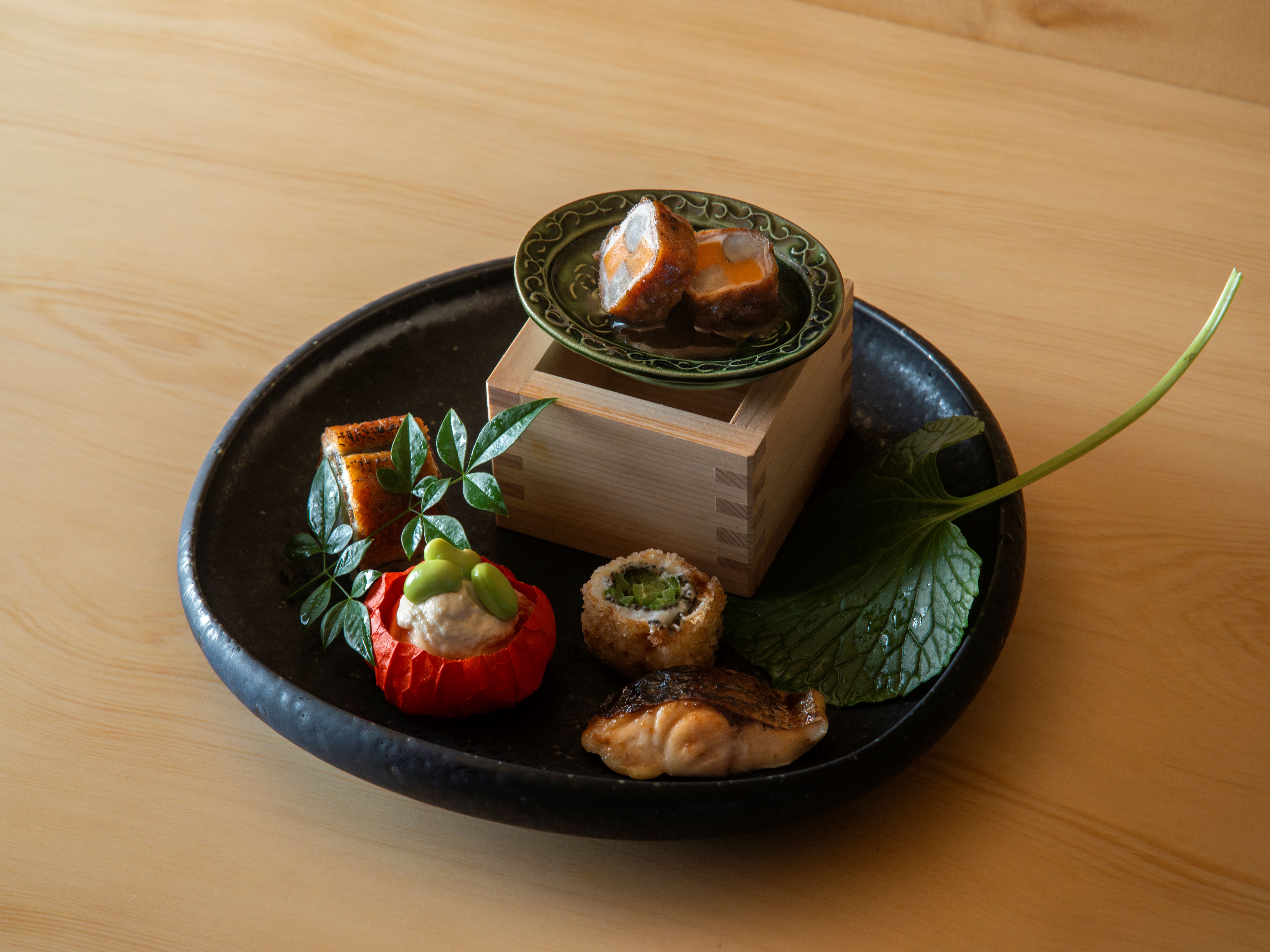
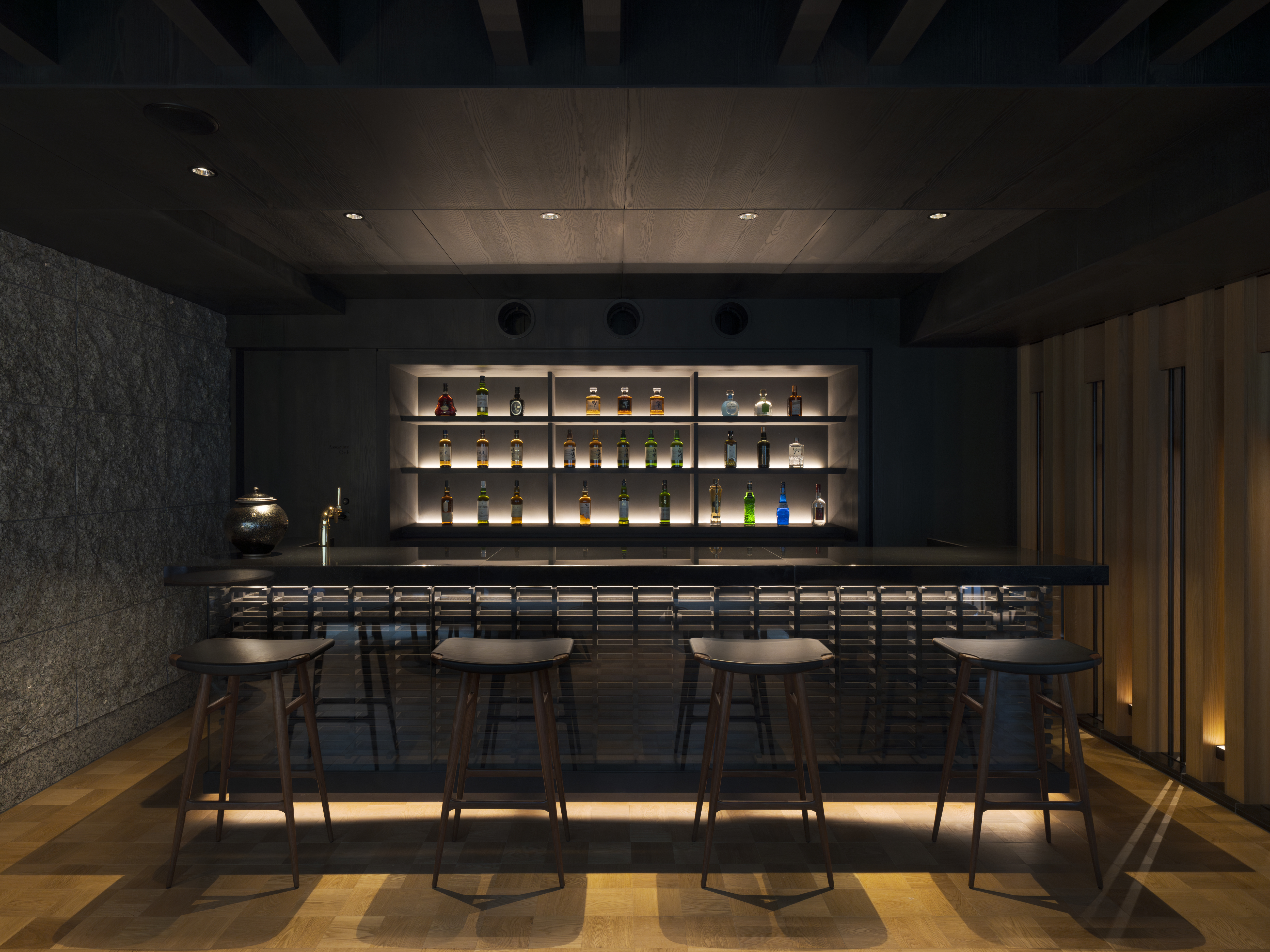
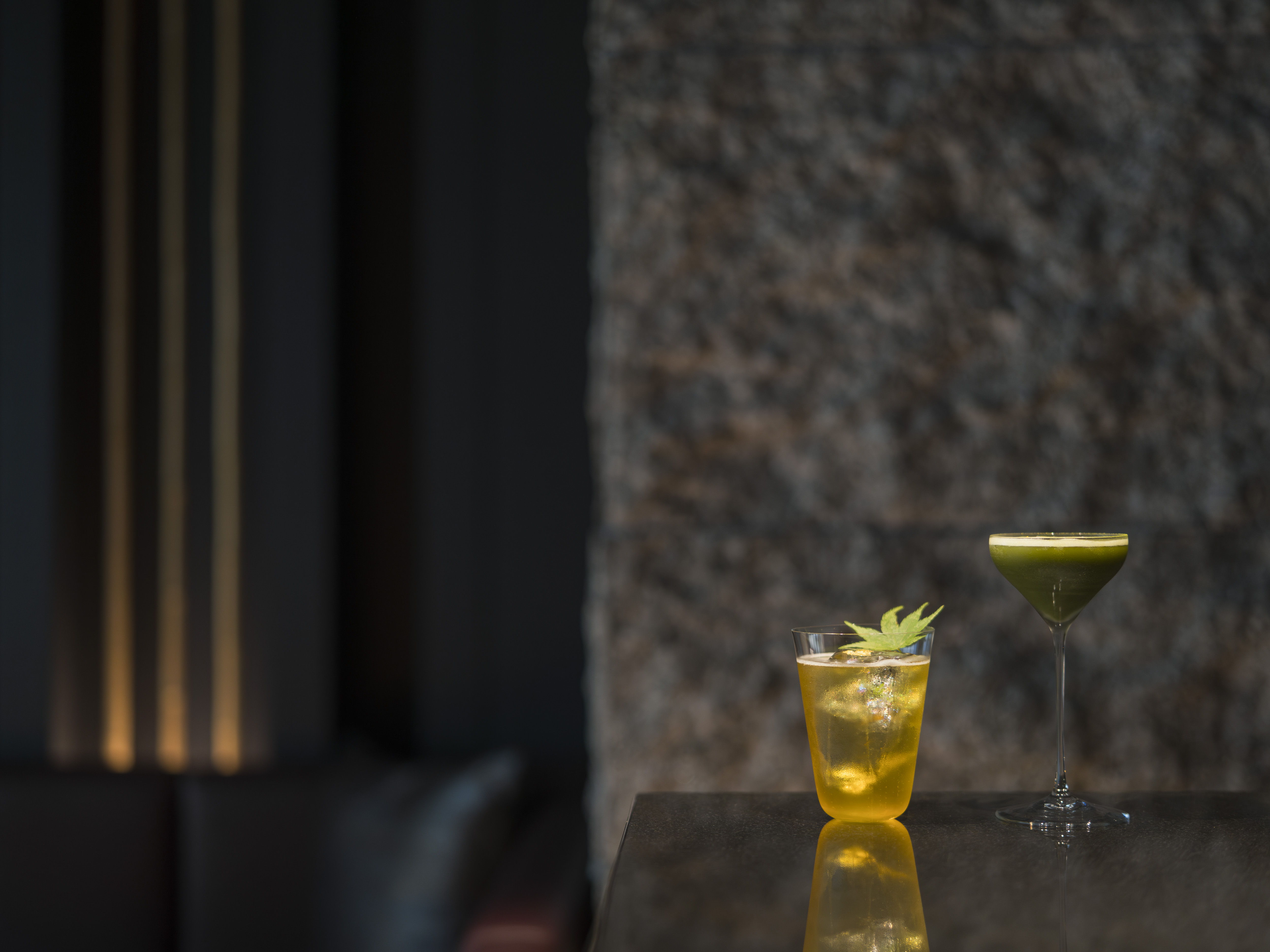
For Kuma, the creation of a Noh stage creates a ‘groundbreaking connection’ between Japanese ryokan-style inns and contemporary hotel, as he adds: ‘We hope that the Noh stage will evolve more as one of the hotel’s charms and become a symbol of Kyoto's new culture, a place that will be loved for many years to come, where guests will want to come back again and again.’
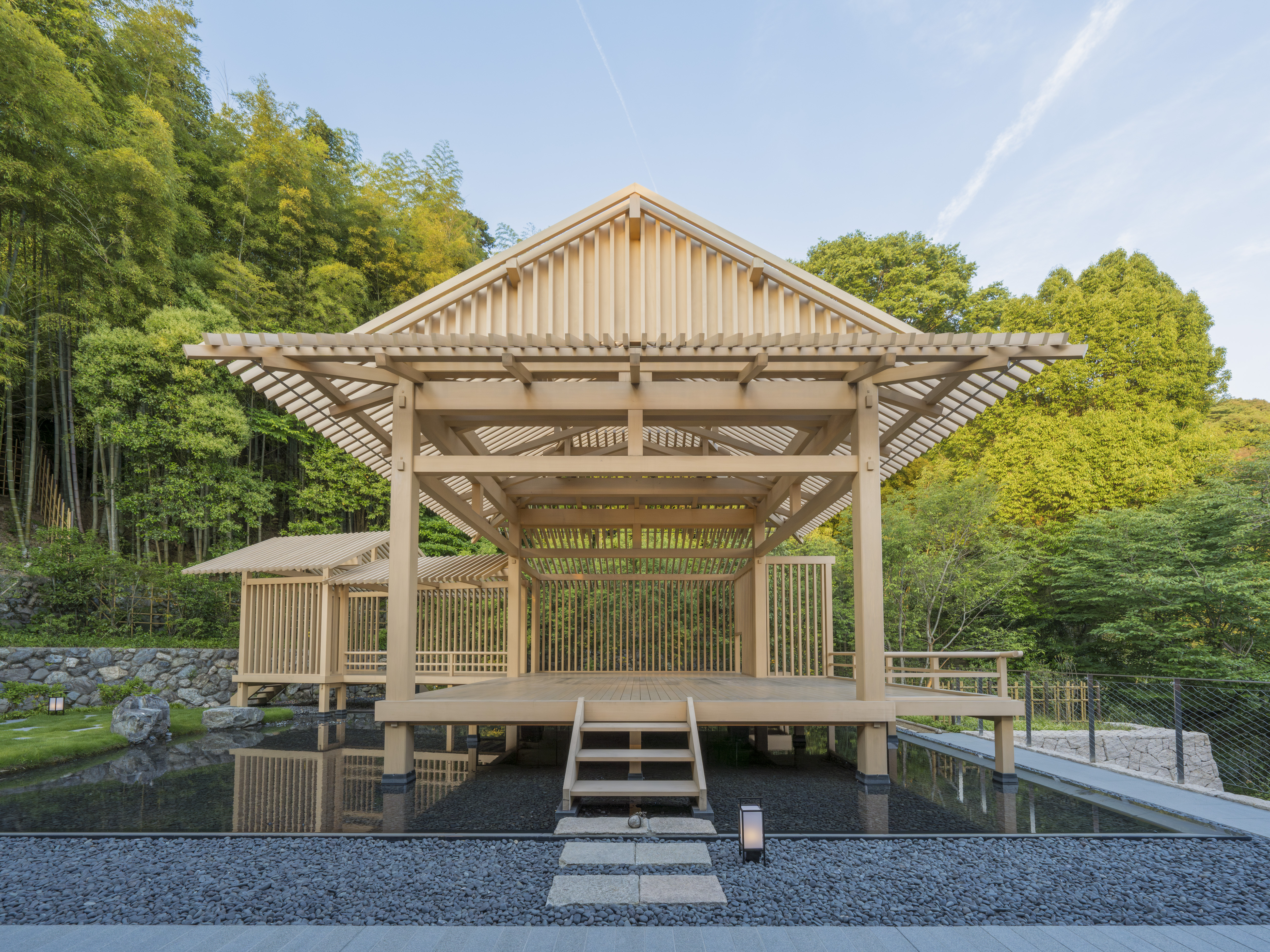
Banyan Tree Higashiyama Kyoto is located at 7 Seikanji Ryozan-Cho, Higashiyama-Ward, Kyoto City, 605-0861 Kyoto, Japan, banyantree.com







